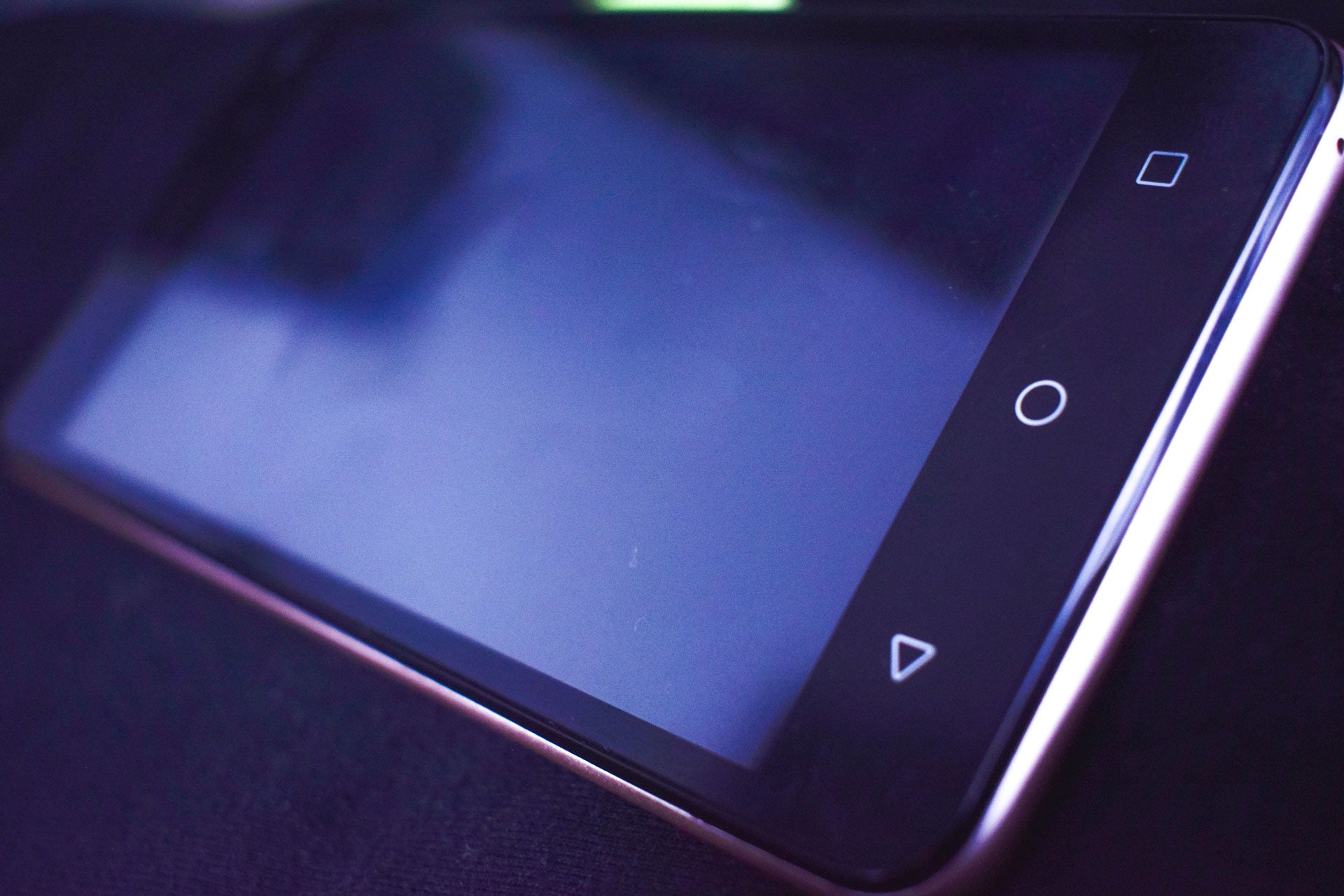The premium category of smartphones, costing upwards of USD$600, is growing rapidly in the US pay-as-you go prepaid market, thanks to an influx of expensive iPhones. But premium phones remain limited only to iPhones; Android smartphones are being rapidly relegated to the low- tier at many US prepaid carriers.
According to GlobalData’s US Handset Web Pricing tracker, Cricket Wireless – the secondary prepaid brand of the major contract carrier AT&T – offered 12 of its 19 Android devices for under USD$150 in Q4 2018 (nine of which were available for under USD$100).
The carrier had only one premium Android phone, the Samsung Galaxy S9, in its portfolio. In comparison, Cricket offered 24 iPhones in Q4, 19 of which were premium $600+ smartphones.
The numbers are even more dramatic at other pay-as-you go prepaid carriers. Boost Mobile, a prepaid brand of the contract carrier Sprintm offered 15 out of its 20 Android phones for under USD$150 in Q4, and 82% of Android smartphones at Metro by T-Mobile were low-tier phones.
Are there no premium Android phones?
Contrary to the numbers above, there is no dearth of premium Android phones in the US wireless market. Samsung has a series of iconic flagships, such as the Galaxy S9, S9+ and Note9; LG has the V40 and the AI-focused ThinQ series, and Google has the Pixel 3 series (a Verizon Wireless exclusive).
Samsung and LG also continually refresh their portfolios with new premium phones each year. Chinese OEMs such as Huawei, ZTE and OnePlus have a surplus of premium phones across the world.

US Tariffs are shifting - will you react or anticipate?
Don’t let policy changes catch you off guard. Stay proactive with real-time data and expert analysis.
By GlobalDataAlthough most of premium phones from Chinese vendors are not available through US carriers – which remain the primary source of phone distribution in the country – phones can be purchased unlocked through the manufacturer websites and other online stores.
Apple, however, keeps its iPhones updated longer than other OEMs, which ends up being more cost-effective for price-sensitive customers in the long run.
For example, the Samsung Galaxy S6 from 2015 runs software that has already become obsolete, but the iPhone 6s – also from 2015 – recently received an update to iOS 12, which has an improved code to run faster on older phones. And iPhones are status symbols –prepaid customers will stretch their funds to buy an iPhone over a Samsung Galaxy Note9, which isn’t popular to the same extent.
In addition, many of the secondary prepaid brands (such as the ones mentioned above) are part of larger carriers who have iPhone sales quotas, which when unmet via contract sales, spill over into prepaid. Although iPhone quotas do not dictate which phones the carriers will offer in their prepaid device portfolios, meeting those quotas is likely an important factor in favoring premium iPhones over expensive Android phones.
What should smartphone vendors do?
Low-end phones will continue to remain popular in the pay-as-you go prepaid market in which Android remains the dominant OS. But prepaid wireless services have now become a significant growth engine for U.S. carriers. Affluent pay-as-you-go customers are seeking premium phones and retaining them longer.
Samsung, LG, and to an extent, Lenovo, should bring in a couple of SKUs of their Android flagships to maintain their brand presence and not hand over the premium prepaid customers to Apple on a platter. The OEMs and carriers also need to implement Google’s software updates faster, and the updates need to remain valid for at least three to four years to make expensive Android phones just as cost-effective as iPhones.









